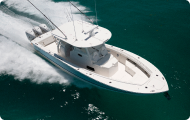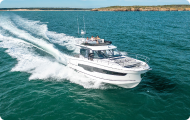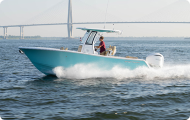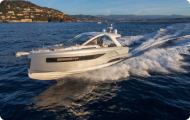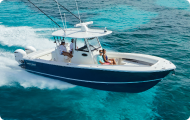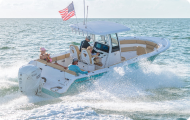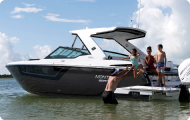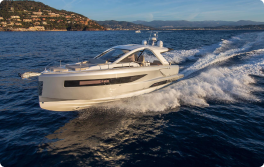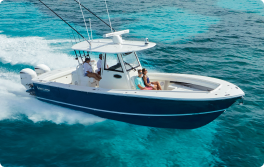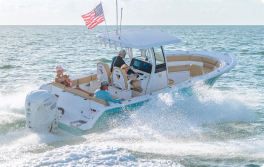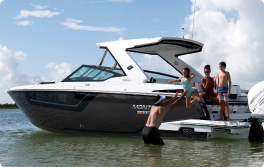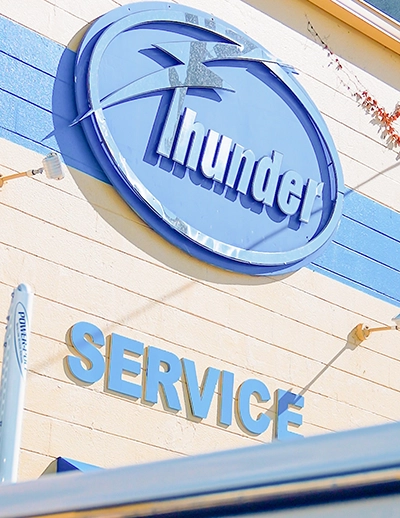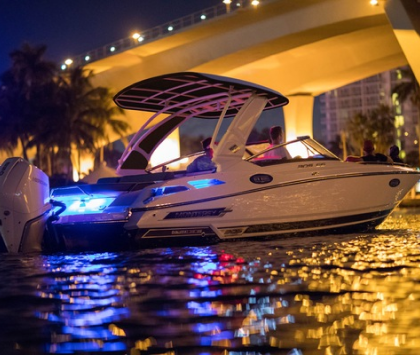With the sun shining brightly on the open sea, it’s tempting to get carried away and forget that, just like driving a car, there are certain laws of the road and safety procedures that must be studied and followed. These are the rules, and they apply to all sorts of vessels, whether they are propelled, sail-driven, or human-powered. Above all, you must be always aware of everything going on around you and limit your choices that have a negative impact on others.
A Quick Review of Maritime Rules of the Road
The International Maritime Organization (IMO) publishes the International Regulations for Preventing Collisions at Sea (COLREGs), which are governed by the US Coast Guard and Transport Canada. The following are the most essential guidelines to be aware of when it comes to pleasure boating. They must be learned and followed instinctively, and your aims must be clearly stated ahead of time.
Two Boats Coming at Eachother
Approaching direct: When two power vessels are approaching each other head-on, both should change course to starboard (turn right) to pass port-side to port-side (red light to red light).
Crossing: Always give way to the vessel to starboard (right) when two power-driven boats are crossing and on a collision path. As the give-away vessel, you must respond quickly and clearly. The approaching right-of-way vessel will display a red light at night.
The stand-on vessel, which has the right of way, must maintain its present speed and direction, keep a lookout, listen for any communication from the give-way vessel, and be prepared to act if necessary. The give-way vessel on your left will have a green light on at night, signaling that you should stay on course.
Overtaking: Any vessel overtaking another vessel must retain a safe distance from the vessel it is overtaking. If you approach another vessel in a 135-degree sector near its stern, you are overtaking.
Allow a vessel with limited maneuverability to pass: This might be owing to the nature of the vessel’s present operation, such as a commercial fishing boat, tug, and tow, restricted draft, or a breakdown, such as an engine failure, or a rescue. Always use radar and AIS to keep an eye on things and be ready for radio conversations.
An important point to point out is that the right-of-way vessel is still responsible for preventing a collision and must be ready to take evasive action if the give-way vessel fails to respond properly.
Recognize the most typical sound signals. Five or more short, fast blasts, for example, indicate danger or that they do not understand or disagree with the goals of the other boater.
When Power Meets Sail
- Unless the sailing vessel is overtaking, power gives way to a boat under sail (when not using any power).
- Power-driven boats have the right of way over rowboats, canoes, and paddleboarders, but if a vessel can’t maneuver properly, the more maneuverable vessel gives way.
When Sail Meets Sail
- Right of way is given to the vessel with the wind on its starboard (right) side (on starboard tack).
- The vessel with the wind on its port side (left) must yield.
- When the wind is on the same side as both boats, the windward (upwind) boat must yield.
Channels and Harbors
Channels
- Any canal or restricted region must be approached from the starboard (right) side (pass port to port, red light to red light).
- Within a small canal, boats less than 65.62′ (20 m) in length and fishing vessels must take special care not to obstruct bigger vessels.
- Vessels that sail should avoid sailing.
- Allow power-driven vessels constrained in their capacity to move in a small channel to pass.
Harbors
- In busy ports, take extra precautions and give other vessels a wide berth.
- It would be best if you stayed out of the way of any ship above 500 tons (typically around 164′ (50 m) long) since they are sluggish to react, as well as any ship impeded by its draft.
- Avoid shipping routes wherever possible, and keep an eye out for float aircraft.
- Avoid traveling near parked boats and ships in transit.
- Maintain the authorized speed and avoid creating a wake, which might endanger other boats or persons.
- Anchoring in a shipping lane is not authorized.
Expectations as the captain of the boat
While we all enjoy having fun on the water, it is important to use the boat safely and be courteous to others.
Always be prepared
According to the US Coast Guard, 70 percent of watercraft accidents are caused by operator mistakes. It is advised that an operator complete a boating safety course before embarking on a cruise. He or she should also have learned basic boating skills and be aware that the boat is in excellent functioning order and has all of the necessary safety equipment aboard.
Be on the lookout
Inattention is the single greatest cause of accidents. Boat operators should keep watch at all times by looking and listening all around the boat. They should also use their navigational aids and radio and be constantly analyzing any risk of collision with another boat or obstacle. Talking, texting, and general use of cell phones while boating presents a problem on the water.
Speed
The second most prevalent cause of accidents is speed. Reduce your speed in congested locations, especially around sail and non-powered boats, where there are swimmers, garbage, or wildlife in the water, and in regions with difficult navigation. Speed increases the demand for attention and should always be associated with sight and avoidance capacity. Ideally, have a second person keeping an eye on everything.
Watch your wake
Do you watch out for your own wake? Do you check behind you after passing? If you haven’t noticed, overtaking close to another vessel might cause it to aggressively thrash around, endangering the crew and triggering tragedy below. Conscientious sailing requires faster vessels to maintain a safe distance from other boaters so that their wake has no effect.
Knowledge of the local area
Being mindful of local risks such as floating debris such as logs, tugs and tows, and strong rapids can also contribute to a pleasant trip, as will accurately reading nautical aids to avoid the numerous “invisible” rocks.
There are several ways to enjoy being on the water. Some people enjoy the sense of speed and prefer to go from point A to point B swiftly. Others travel more slowly and get a rush from harnessing the wind, while others prefer to utilize their own strength. The laws of the road provide avoidance tactics for all types of vessels, but there is also the obligation to cruise safely and to respect and share our seas with everybody. Our sailing areas are fortunate in that they are big and generally uncrowded. Cruising conservatively by maintaining a safe speed, vigilantly keeping watch, early practice of avoidance methods, passing at a distance, and being mindful of your influence on others will allow everyone to relax and enjoy being on the water in their own manner.


